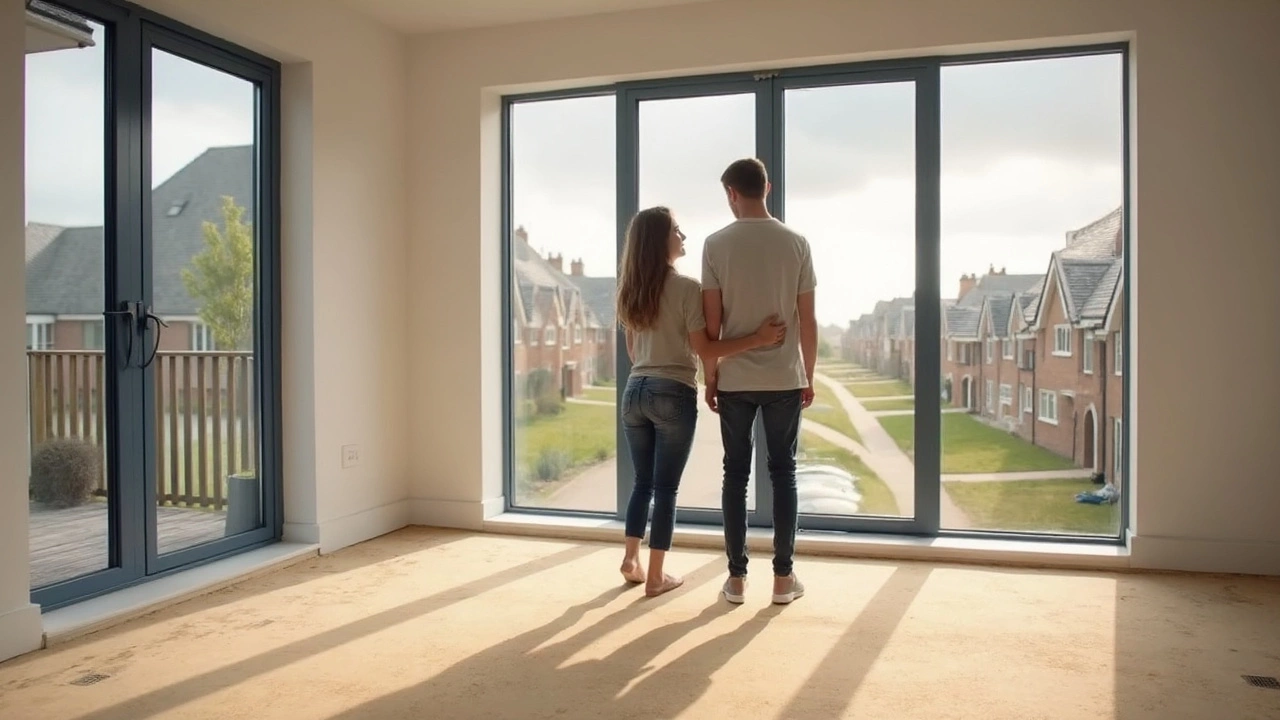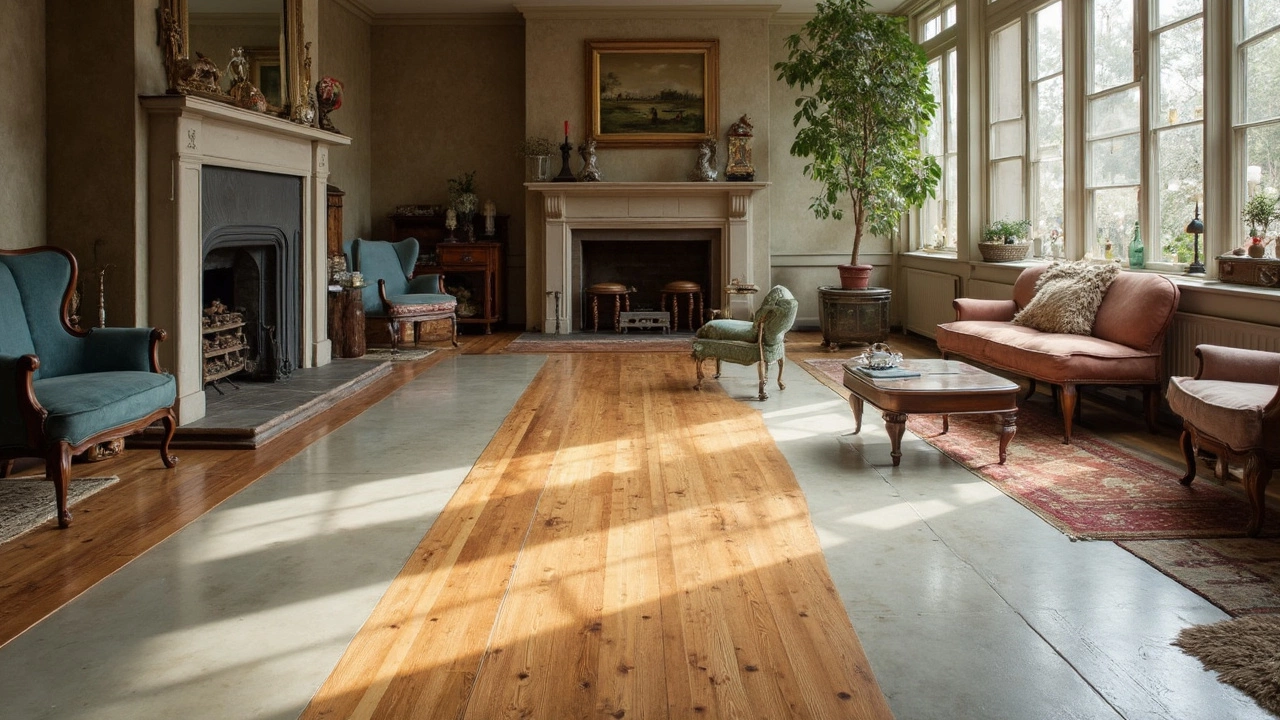Flooring Options: Find the Perfect Floor for Your Space
Stuck between hardwood, carpet, vinyl, or tile? You’re not alone. The right floor can make a room look bigger, feel cozier, and hold up for years. Below is a quick run‑through of the most common flooring choices and how to match them to your needs.
Common Types of Flooring
Engineered hardwood gives you the classic wood look without the high cost of solid timber. It’s built with a thin wear layer on top of plywood, so it handles changes in humidity better – great for living rooms and bedrooms.
Luxury vinyl plank (LVP) mimics wood or stone but is water‑resistant, making it ideal for kitchens, bathrooms, and basements. Installation is usually a simple click‑lock system, which means you can DIY or have it fitted quickly.
Tile (ceramic or porcelain) is unbeatable in wet areas. It’s hard, low‑maintenance, and comes in endless patterns. The downside is it can feel cold underfoot, so a heated floor or rug helps.
Carpet adds warmth and sound absorption, perfect for bedrooms or family rooms. Modern carpet fibers are stain‑resistant, but they do need occasional deep cleaning.
Laminate offers a wood look at a budget price. It’s easy to install but vulnerable to water damage, so keep it away from splash zones.
How to Choose the Right Flooring for You
Start with the room’s function. High‑traffic areas like hallways need a durable surface – think engineered hardwood or LVP. Wet rooms demand water‑proof options such as tile or LVP.
Next, think about budget. A quick rule: tile and solid hardwood are the most expensive, followed by engineered wood and LVP, with laminate and carpet at the low end. Remember to add underlay and installation costs.
Maintenance matters too. If you love a low‑effort floor, go for tile or LVP – just sweep and mop. If you don’t mind occasional polishing, hardwood adds resale value.
Style is the final piece. Look at the colour palette of your walls and furniture. Warm wood tones pair well with neutral walls, while cool‑grey tiles complement modern decor. Use a sample board to see how the light in your home changes the colour.
Once you’ve narrowed down the type, compare warranties and reviews. A good warranty (10‑20 years) can save you headaches later, especially for LVP and engineered hardwood.
Bottom line: match the floor to the room’s use, your budget, and how much upkeep you’re comfortable with. With the right choice, your floor will look great and last for years.
Cheapest Flooring Options: Smart Ways to Save on New Floors
- Gavin Whitaker
- |
- |
- 0
Discover the cheapest flooring options, compare costs, pros and cons, and learn budget-friendly installation tips for any home or DIY project.
View moreDo You Get Flooring in a New Build? What Buyers Need to Know
- Gavin Whitaker
- |
- |
- 0
Thinking new build homes come move-in ready with shiny flooring? It's not always that simple. While some developers include basic flooring as standard, others leave it unfinished unless you pay extra. This article explains what you get, why builders do it this way, and how to avoid surprises before you get those keys. Get straight info and practical tips to handle flooring in your brand-new home.
View moreBest Flooring Options for Your New Build
- Gavin Whitaker
- |
- |
- 0
Choosing the right flooring for a new build can be overwhelming with so many choices available. This article explores various flooring options, comparing their pros and cons to help make an informed decision. Considerations like durability, budget, and aesthetics are crucial when deciding what's best for your new home. The article includes practical advice and unexpected insights to guide homeowners toward the perfect flooring. Whether you're drawn to the classic warmth of wood or the modern vibe of polished concrete, we've got you covered.
View more

